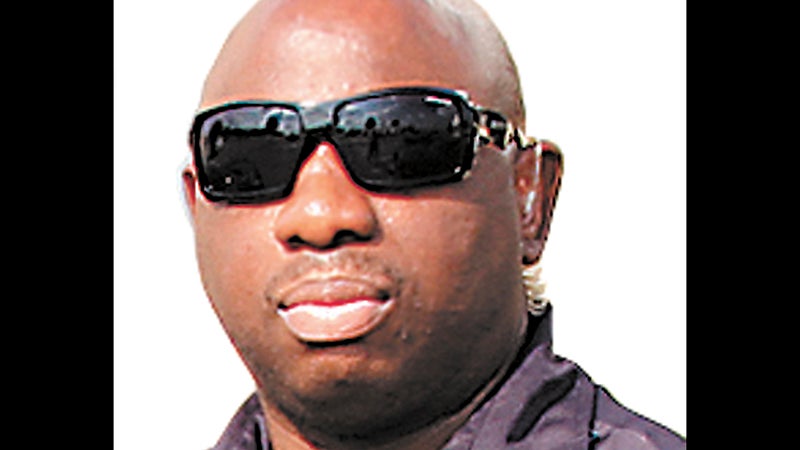ASK A COP: Check out 18 tips to enhance safety when stopped by a police officer
Published 12:05 am Tuesday, May 18, 2021

- Officer Rickey Antoine
|
Getting your Trinity Audio player ready...
|
There’s a weather travel advisory for Southeast Texas throughout the week. There are several days of thunderstorms expected with heavy rain with some flooding expected in our area. Please drive accordingly.
Mitch from Beaumont asks: Officer Antoine, I’m grateful for the helpful information about exiting a vehicle when told by a police officer that was shared in last week’s Ask A Cop. I was wondering, are there any more tips that you can give that motorists can adhere to that would provide a safer interaction with the police officer? I must admit that a lot of my family and friends are on edge from the deadly encounters that’s transpired recently around the country. Thanks in advance for your help.
Answer: I wholeheartedly agree with you that information of how to interact with law enforcement officers is needed and very timely. Here are some tips that will enhance the safety and provide a smoother transaction when you are stopped by a police officer:
1) When you notice you’re being stopped and when it is safe pull over to the right and If possible, pull over in a well-lit area (this is for your protection as well as the officer’s).
2) Put your vehicle in park, roll down your window and turn off the ignition (turning off your engine will give the officer additional assurance that you’re not a flight risk).
3) If it is nighttime, turn on the interior light (so the officer can see inside your vehicle, and this will show you’re not trying to hide anything).
4) Do NOT attempt to run or flee the scene. (Don’t add unnecessary stress to your stop. If you’re nervous or scared, tell the officer.)
5) Remain seated unless you are told to exit by the officer. (This is important. Jumping out of your vehicle before the officer approaches your vehicle could be deemed as a sign of aggression. Just wait!)
6) Do not make any sudden movements. (I know everyone thinks it’s helpful to have their license and insurance in hand when the officer approaches their window, but it’s the opposite result for the officer. Don’t reach for ANYTHING until told so by officer.)
7) Keep your hands where the police can see them. (That’s what helps police officers not perceive you as a threat when they see your empty hands.)
8) Comply with the officer’s request for identification and proof of insurance.
9) If you are lawfully carrying a weapon, disclose it to the officer. (PLEASE at no time are you to display/show your weapon by hand. Simply state you have a weapon and its location.)
10) If an officer gives you a ticket, sign it. It is not an admission of guilt. (Even if you don’t agree sign the ticket, if you refuse you will be arrested and transported to jail and have your vehicle towed.)
11) Do not argue with the officer. (Save your argument for the court room; there’s a chance to win there. You can’t win on side of the road.)
12) Do NOT ignore the officer. (This will help expedite your stop by answering needed questions.)
13) Answer any questions to the best of your ability. (Don’t lie.)
14) If the officer asks you to get out of the vehicle, immediately comply with the officer’s request. (Refer to last week’s answer – Yes you have to get out the car if told to do so.)
15) Do NOT touch the officer’s weapon or any part of the officer body or equipment.
16) Do NOT resist arrest. (If you are TOLD you are under arrest … I know it may be challenging especially if it’s your first time arrested but turn around and place your hands behind your back. Simply COMPLY.)
17) If you are arrested, understand you will be handcuffed with your hands behind you and placed in the backseat of the police vehicle to transport you to jail!
18) If you feel the officer has mistreated you in any way, request and write the officer’s name and badge number, and afterwards you’re able to speak with the officer’s supervisor to make a complaint to the local law enforcement agency.
Keep in mind there’s no perfect formula because every officer-motorist and traffic stop is different. But if you’re able to follow these helpful tips, you greatly increase your odds of having an safe uneventful interaction with a police officer.




